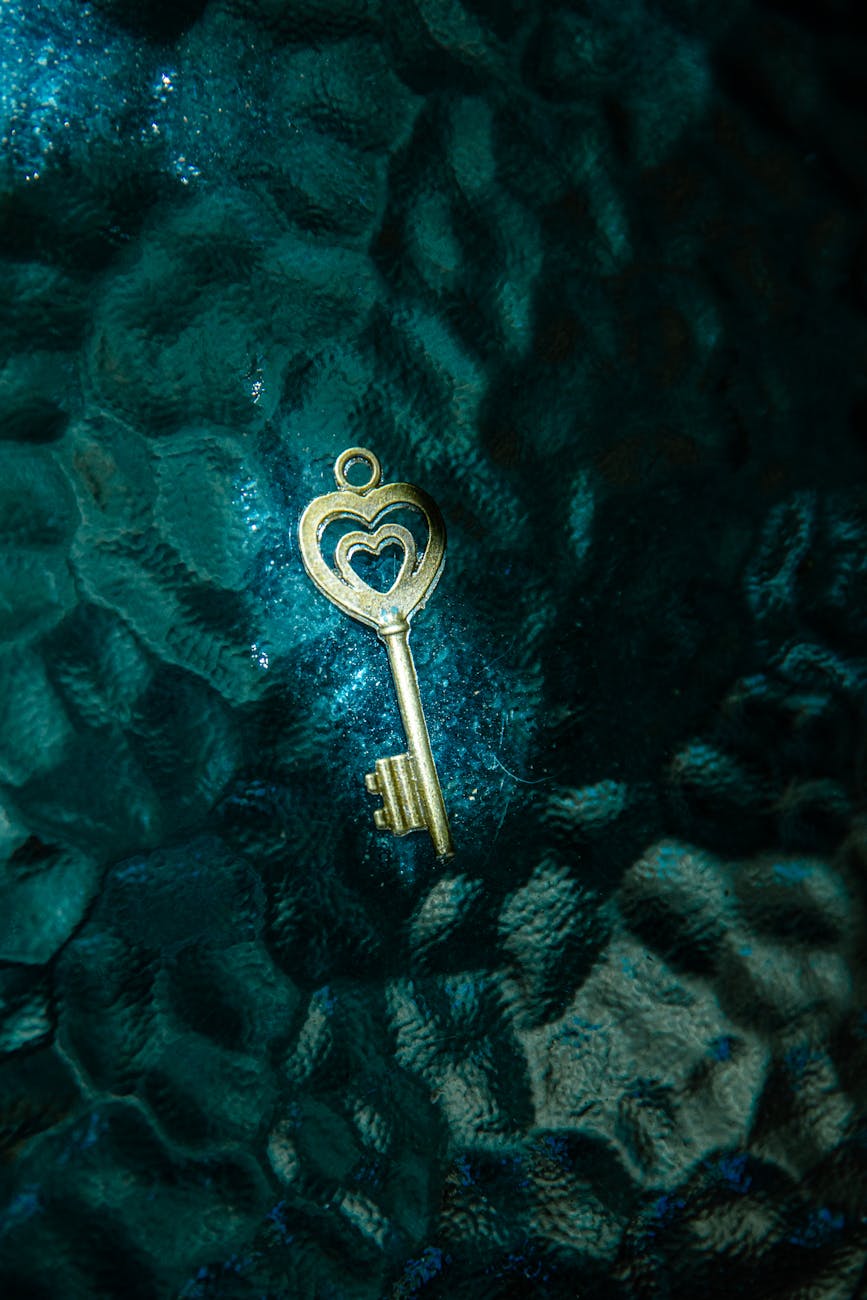Love is as old as time and as universal as the stars. Across centuries and cultures, humans have sought to capture its magic, to nurture its flame, and sometimes, to summon it where it seems elusive. From whispered incantations to carefully crafted talismans, the art of love spells and charms is a tapestry woven from the threads of folklore and belief.
Let us wander through the heart of these enchanting traditions, exploring the love magic of the world and discovering how it still whispers to us today.
A Potion from Ancient Greece
In ancient Greece, love potions were as much a part of life as poetry and philosophy. The Greeks believed that herbs and flowers carried the essence of divine love. Rose petals, honey, and thyme were commonly used to craft potions designed to spark passion or mend broken hearts.
One such recipe called for a blend of rose water and honey, stirred under the light of a waxing moon while speaking the name of the beloved. This potion, when shared, was said to align two hearts with Aphrodite’s blessings.
The Handfasting Cords of Celtic Lore
The Celts celebrated love with rituals that bound not just hands but souls. Handfasting, a ceremony that symbolised a union, often included a charm—a braided cord of red and white, tied with intention and love.
The cords were infused with the wishes of the couple, each knot binding their vows. Long after the ceremony, these cords were kept as talismans of their bond, thought to protect and strengthen their love.
Italian Witchcraft: The Strega’s Love Knot
In Italian folklore, the streghe (witches) were known for their intricate charms. One popular love spell involved weaving a knot from red silk thread, symbolising the intertwining of two fates. The spell’s power lay not in the knot alone but in the intention and whispered words of desire spoken as it was tied.
The love knot was kept hidden under a pillow or within a pocket, close to the heart, until the magic took hold.
Japanese Omamori: Charms for Love and Harmony
In Japan, omamori are small, beautifully decorated pouches sold at shrines. Each contains a sacred blessing, often written on paper or wood, and tied with a thread. For love, the charm is known as enmusubi, designed to attract or protect romantic connections.
Omamori are carried in pockets, bags, or hung in the home to invite harmony and strengthen bonds. They are simple yet profound reminders of the beauty of intention and belief.
The Love Apples of Slavic Folklore
In Eastern Europe, apples have long been symbols of love and fertility. Slavic folklore tells of young women gifting enchanted apples to their beloved. These apples were often carved with symbols or infused with herbs, their sweetness a promise of affection.
The act of sharing an apple was a ritual in itself, a moment of connection that bridged the realms of magic and emotion.
Crafting Your Own Love Charm
Love spells and charms, at their heart, are about intention. They are not about control or coercion but about aligning your energy with the possibilities of love. Whether you draw from ancient traditions or create your own, the magic lies in your belief and sincerity.
Simple Love Charm:
- Choose a token: a stone, a piece of jewellery, or a small pouch.
- Infuse it with intention: Speak your desire clearly, focusing on love and connection.
- Carry or wear it close, letting it serve as a daily reminder of the love you seek or cherish.
Love’s Universal Magic
From the braided cords of the Celts to the omamori of Japan, love spells and charms remind us that love is a universal magic. It transcends time and place, weaving itself into the stories of humanity. By embracing these traditions, we connect not just with our own hearts but with the endless chain of those who have sought, celebrated, and cherished love.


Leave a Reply